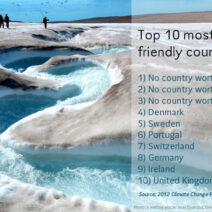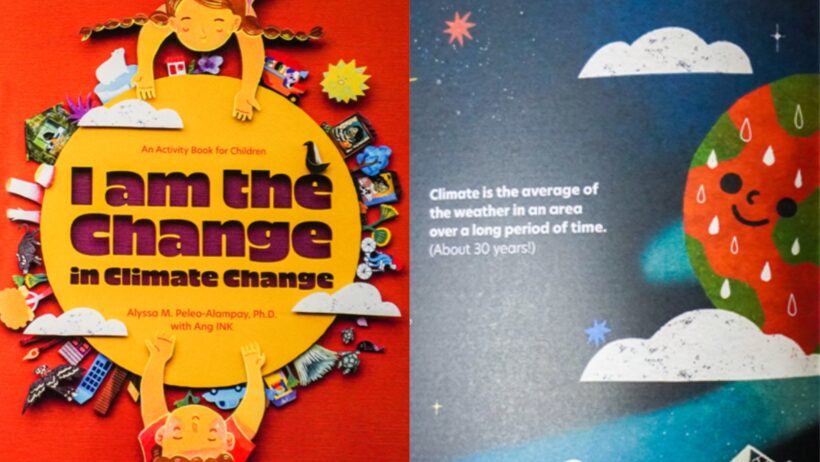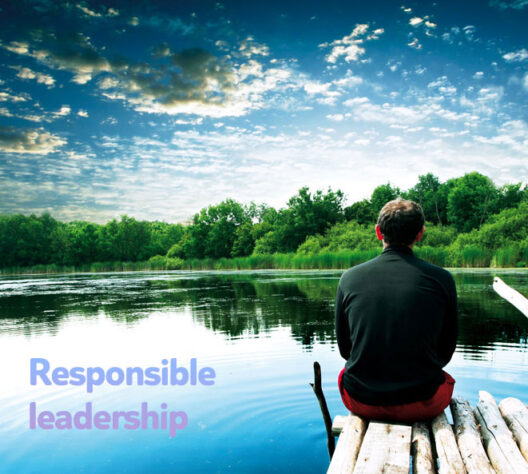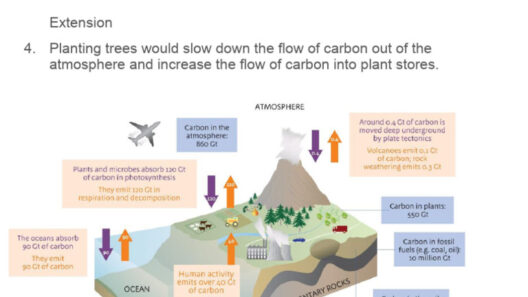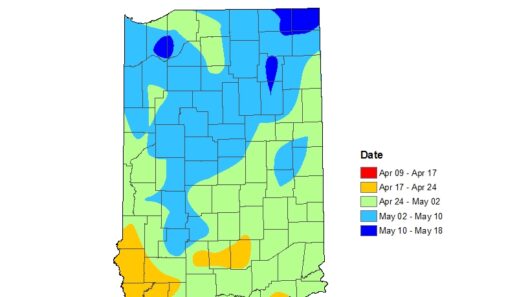Explaining climate change to children can be a daunting task, especially given the complexity of the science and the emotional weight of the topic. Children often find themselves at the crossroads of curiosity and concern, and addressing their questions requires a careful, thoughtful approach. The goal is to educate about climate change without fostering a sense of panic or hopelessness. Thus, it becomes imperative to provide children with a nuanced understanding of climate change that emphasizes both the threats and the avenues for action.
First and foremost, it is crucial to demystify climate change. Define it in simple yet precise terms: climate change refers to significant shifts in temperatures and weather patterns over extended periods. It is not merely about individual extreme weather events; rather, it encompasses a broader evolution in the Earth’s climate system. Gently introduce the concept of greenhouse gases—such as carbon dioxide and methane—which are emitted through everyday activities and contribute to the warming of the planet. Utilize visual aids to illustrate how these gases accumulate in the atmosphere, akin to a blanket trapping heat.
An effective way to engage children’s imaginations is through relatable analogies. For instance, compare the Earth to a greenhouse, drawing parallels between how both environments can become overheated. This analogy serves to make the invisible mechanisms of climate change more tangible. Such stories can enhance comprehension and situate children within the larger narrative of climate health: they are not mere observers but active participants in the planet’s wellbeing.
Next, shift the discourse from fear to empowerment. It is essential to stress the myriad of solutions available to combat climate change. Highlight age-appropriate actions: recycling materials, conserving water, or even planting trees, can provide children with a sense of agency. Children are often innately enthusiastic about stewardship; fostering this connection encourages a proactive mentality rather than a fatalistic viewpoint. By illustrating that every small action counts, you install a sense of responsibility. Activities such as creating a ‘sustainability scavenger hunt’ can effectively blend learning with fun.
Furthermore, storytelling can serve as a powerful pedagogical tool. Books, films, and games focused on environmental themes can captivate children while subtly informing them of climate issues. Such media can showcase vibrant characters who grapple with challenges related to climate change but also overcome them, thereby inspiring young minds to envision solutions. This not only reinforces the concepts discussed but also cultivates a culture of resilience and innovation.
Incorporating scientific inquiry into the conversation can also foster curiosity and deeper understanding. Simple experiments, such as creating a mini-greenhouse using a jar and a small plant, can elucidate the principles behind climate change in a hands-on manner. This transition from theoretical learning to practical application bridges gaps in comprehension. Children’s natural curiosity often drives them to ask questions—fuel this inquisitiveness by encouraging them to explore how climate change manifests in their local communities. What species of plants and animals are increasingly endangered? How have seasonal patterns shifted? Such local explorations make the effects of climate change more immediate and personal.
It is also important to recognize the social dimensions of environmentalism. Discuss the disproportionate impact of climate change on marginalized communities. This can cultivate empathy and awareness, pushing children to think critically about global inequalities. Introducing them to initiatives and movements led by young activists can demonstrate the power of collective action. Highlight stories of young climate advocates who have successfully influenced policy or raised awareness, proving that change is not only possible but already happening.
As you delve deeper into climate education, consider discussing the concept of sustainability. Sustainability encompasses not only environmental health but also economic and social dimensions. Teach children about sustainable living practices, such as ethical consumption and biodiversity. Encourage them to think about where their food comes from, the resources used to create their favorite products, and the environmental impact of these processes. This multifaceted understanding helps frame climate change within a broader socio-economic context, perhaps fostering future advocates for systemic change.
Nevertheless, as you engage with children on climate change, be attuned to their emotional responses. Children may initially respond with anxiety or confusion, which underlines the importance of creating an open space for dialogue. Training adults to actively listen and validate children’s feelings can fortify their emotional resilience. Use affirmative language: reassure them that while climate change poses challenges, there is also an abundance of solutions. Encourage them to express their emotions through art, writing, or discussions, thereby providing them healthy outlets for processing their feelings.
In conclusion, demystifying climate change for children is not about sugar-coating an alarming reality; it is about equipping them with knowledge and agency. The overarching objective is to foster an informed generation that sees climate action as both a privilege and a responsibility. By cultivating empathy, curiosity, and resilience, children can grow into conscientious stewards of the planet—armed with the understanding that while they cannot solve every problem, collectively, their actions can lead to significant impact. Climate change education need not be a source of fear; rather, it can be the catalyst for inspiring a generation of compassionate problem-solvers dedicated to the longevity of our world.
